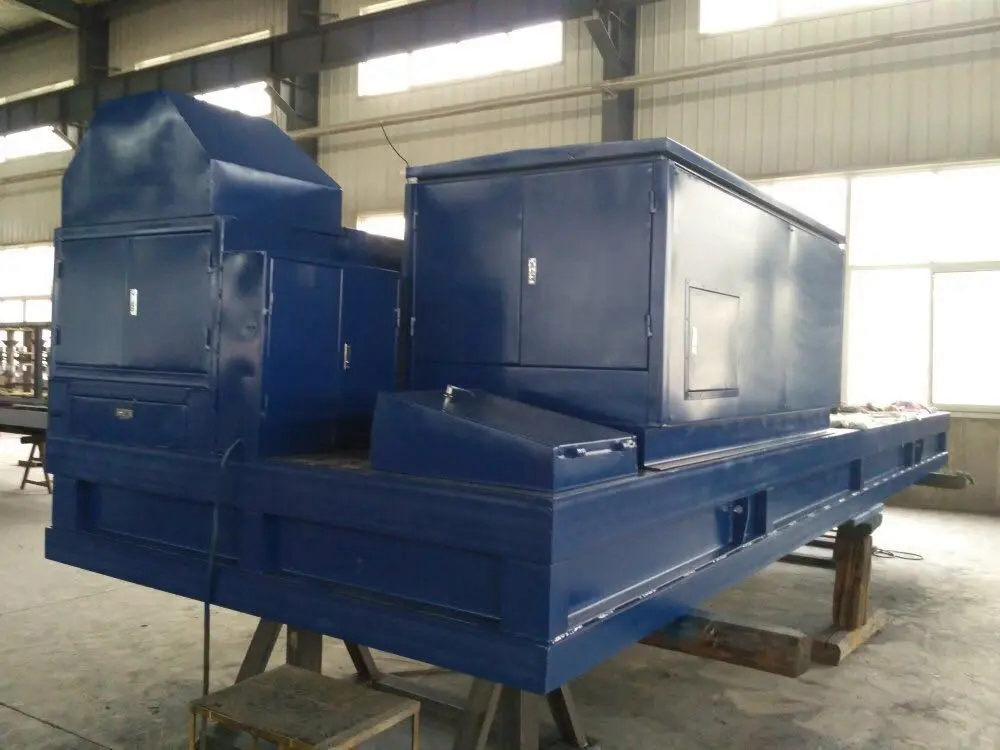
Understanding Metal Strut Channel Roll Forming Machines
Metal strut channels are essential components in the construction and manufacturing industries, commonly used for framing, supports, and various installations. This structural element can be efficiently produced using a specialized piece of equipment known as a metal strut channel roll forming machine. This article explores the functionality, benefits, and applications of these machines in modern manufacturing.
What is a Metal Strut Channel Roll Forming Machine?
A metal strut channel roll forming machine is a sophisticated device designed to transform flat metal sheets into structured channels through a continuous rolling process. The machine utilizes a series of rollers that gradually shape the metal into the desired strut channel configuration. This process allows for high precision, consistent quality, and efficient production rates, catering to the increasing demand within various sectors.
How It Works
The operation of a metal strut channel roll forming machine begins with feeding a flat strip of metal — typically made of steel or aluminum — into the machine. As the metal moves through the rollers, it is shaped into the channel profile. This process can include multiple stages, with each roller contributing to the final shape of the strut channel.
Manufacturers can adjust the machine settings to produce different sizes and profiles of strut channels according to specific project requirements. The end product is then cut to the prescribed lengths, ensuring minimal waste and high efficiency during production.
Benefits of Roll Forming
2. Material Utilization The process minimizes material waste, making it a more sustainable option. Sheet metal is transformed directly into usable strut channels with precision cuts and minimal scrap.

3. Versatility Metal strut channel roll forming machines can produce various profiles and sizes with ease. This adaptability is crucial for meeting the diverse needs of construction projects.
4. Consistent Quality The automated nature of roll forming ensures uniformity in dimensions and shapes, which is critical for structural reliability.
5. Strength and Durability The resulting metal channels exhibit high strength and durability, suitable for various applications, from supporting structures to mounting equipment.
Applications of Metal Strut Channels
Metal strut channels serve numerous applications across multiple industries. In construction, they form the backbone of frameworks for HVAC systems, electrical conduits, and plumbing installations. Their versatility allows for easy mounting of fixtures and safety equipment.
In the manufacturing sector, strut channels are often used in machinery frameworks, providing robust support for equipment and production lines. Their strength makes them suitable for heavy-duty applications in warehouses and industrial facilities.
Conclusion
In a world where efficiency and quality are paramount, metal strut channel roll forming machines play a crucial role in advancing manufacturing capabilities. By providing a method of producing high-quality, consistent metal channels, these machines contribute significantly to the construction and industrial sectors. As industries continue to evolve, the demand for precision-engineered components will likely increase, positioning roll forming technology as a vital asset for future manufacturing processes.
In summary, the metal strut channel roll forming machine is not just a piece of equipment; it is a cornerstone of modern engineering that equips manufacturers with the ability to meet the robust demands of today’s construction and manufacturing environments.